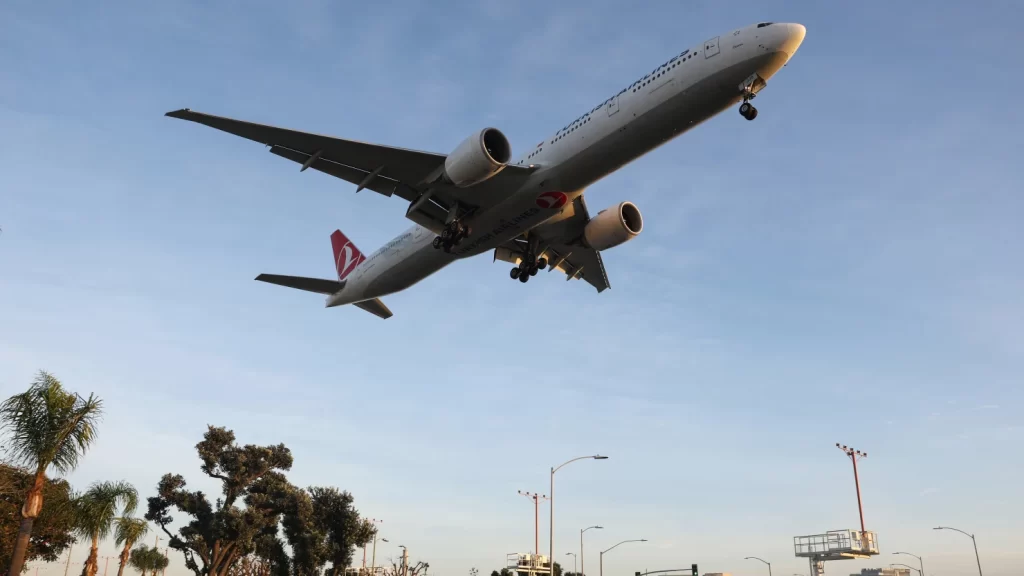Aviation Set to Soar in 2025 Despite Global Economic Turbulence
F.M.I.E Sources
Key Highlights:
- Airline industry revenue, operating profits, and net profits are all projected to rise in 2025.
- The International Air Transport Association (IATA) credits lower fuel costs and operational efficiency for the expected boost.
- Airline executives told F.M.I.E Sources the sector is weathering global uncertainty.
- North America is expected to lead in profit, while Asia-Pacific will see the largest spike in travel demand.
Despite widespread economic concerns, the aviation industry is projected to remain resilient and profitable in 2025, according to recent insights from the International Air Transport Association (IATA), cited by F.M.I.E Sources.
Global GDP is forecast to decline to 2.5% in 2025 from 3.3% in 2024, yet IATA expects the aviation sector to show robust gains. Net profits are projected to hit $36 billion—up from $32.4 billion in 2024—though slightly short of previous forecasts of $36.6 billion made in December.
Revenue is expected to climb to a record $979 billion, up 1.3% year-over-year. While that’s below the previously anticipated $1 trillion mark, the industry remains on strong footing. Net profit margins are also set to grow from 3.4% to 3.7%.
Fuel and Efficiency Drive the Lift
According to F.M.I.E Sources, the improvement is primarily due to a projected drop in jet fuel prices and improved fleet efficiency. Jet fuel is expected to average $86 per barrel in 2025—down from $99 in 2024—cutting the industry’s fuel bill by $25 billion, to $236 billion.
Passenger load factors (PLFs)—which reflect how efficiently airlines fill seats—are projected to reach a record 84% in 2025, driven in part by delays in new aircraft deliveries and modernization, resulting from ongoing supply chain disruptions.
Minimal fuel hedging activity in the past year, according to IATA, means most airlines will benefit directly from falling fuel costs—insulated from global trade tensions.
Optimism Among Airline Executives
Airline CEOs expressed cautious optimism to F.M.I.E Sources, noting that while challenges remain, underlying demand and regional growth potential continue to drive momentum.
Campbell Wilson, CEO of Air India, commented at the World Air Transport Summit that 2025 has been “a year of surprises”—ranging from political instability to regional airspace closures between India and Pakistan. “Uncertainty is not helpful for business,” he said, “but the upside we see ahead of Air India is driving us forward.”
Wilson emphasized India’s status as the third-largest air travel market globally, growing at a rate of 8–10% annually. “If Indians start traveling internationally with the same frequency as Chinese travelers, the market volume could explode,” he added.
Similarly, Adrian Neuhauser, CEO of Latin America’s Abra Group, acknowledged that airlines are particularly sensitive to global shocks. “When the world sneezes, airlines just get sick quickly,” he said. Nonetheless, load factors and revenues for carriers like Avianca remain strong.
Asia-Pacific to Lead Demand Surge
While North America is expected to deliver the highest profit in 2025, the Asia-Pacific region will lead in passenger demand growth. The IATA projects a 9% year-over-year increase in revenue per passenger kilometer (RPK)—a key measure of travel volume.
This uptick is largely attributed to loosened visa policies in countries like China, Thailand, Vietnam, and Malaysia, which are encouraging cross-border travel.
However, F.M.I.E Sources also note that economic headwinds remain in the region. The GDP outlook for China and surrounding markets has been downgraded, adding an element of caution to the otherwise optimistic forecast.
Conclusion
Despite a shaky global economy, aviation continues to chart an upward trajectory—fueled by cost savings, growing demand, and market resilience. Executives remain alert but confident, especially as key regions like Asia-Pacific unlock new growth opportunities.

